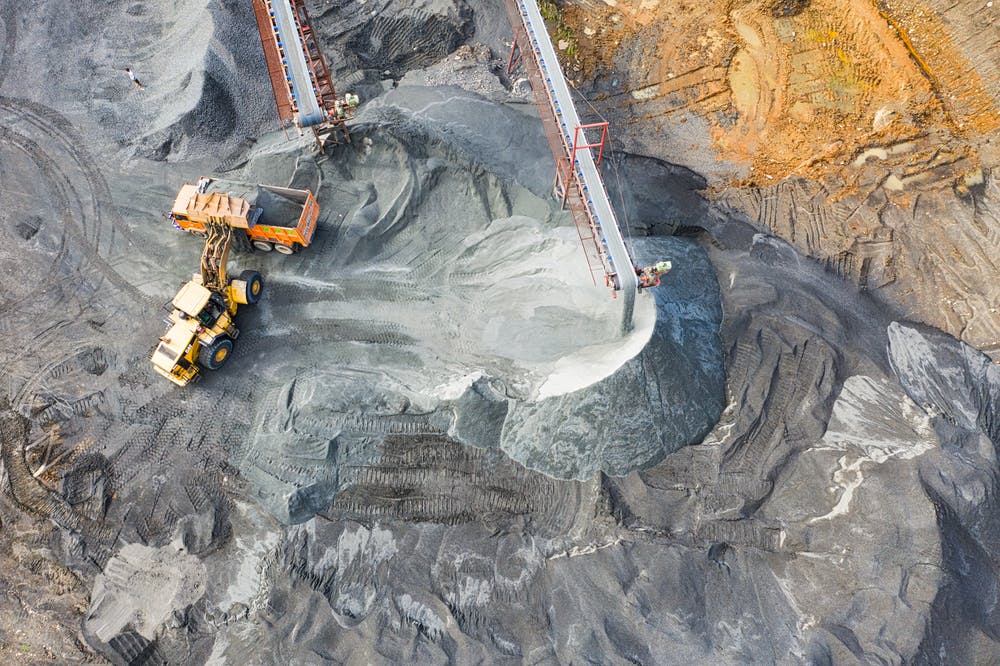Source: The Hill
February 16, 2021

Much of the Midwest and the Mountain States are seeing subzero temperatures and blizzard conditions sweep through. As far south as Dallas, a polar vortex has caused temperatures to dip into the 20s, with ice and snow. In parts of Minnesota, temperatures dipped to near their lowest levels in a century. There are now rolling blackouts in some parts of Texas because of power supply shortages at a time when the deep freeze causes peak demand.
Many states are at a dangerous point of running out of energy at any price to meet demand as the cold spell rolls on.
This story isn’t so much about the weather as it is about a grand failure of public policy. Because of the political left’s war on fossil fuels, and “renewable energy mandates” that require 20 percent to 30 percent of a state’s power supply to come from wind and solar power, the power grid is squeezed to the brink. Wind and solar don’t generate much power when temperatures plummet.
The Center of the American Experiment, a Minnesota-based think tank, reports: “Wind turbines are shut down when temperatures are below -22° F because it is too cold to operate them safely. This means it will be too cold for the wind turbines built by the power companies to generate any electricity.”
It’s worse than that, however. According to the Minnesota think tank, “Wind turbines will actually consume electricity at these temperatures because the turbines use electric heaters in their gearboxes to keep the oil in the housing from freezing. During the 2019 Polar Vortex, wind turbines were consuming 2 MW of electricity. Wind turbines are a liability on the grid when the power is needed most.”
Solar power is even less reliable in severe weather conditions. Snow and ice during frigid temperatures often disable the panels. And when temperatures drop way down at night — when the sun goes down — is when the energy for heat is in highest demand.
Solar power is even less reliable in severe weather conditions. Snow and ice during frigid temperatures often disable the panels. And when temperatures drop way down at night — when the sun goes down — is when the energy for heat is in highest demand.
What we are experiencing is the “perfect storm” disrupting our energy supply and creating an extreme stress test for the power grid that is being pushed to the limits. Yet, there is one source of energy that is, thankfully, keeping us from mass power outages and keeping the lights and the heat on: coal.
Longtime energy expert Terry Jarrett, who has served on the board of the national utility commissioners, explains what is going on: “The Midcontinent Independent System Operator (MISO) — which oversees power transmission in 15 states … is reporting that coal is currently generating more than half of its overall electricity.”
Here are the daily numbers during the big freeze in the 15-state Midwestern region: Coal is producing roughly 41,000 megawatts of electricity; natural gas is providing 22,000 megawatts; wind and solar are roughly 3,000 — or about 4 percent of the power. This points to the foolishness of states requiring 30, 40 or even 50 percent of their power to come from wind and solar. Even with normal weather patterns, when wind and solar are working, coal-fired plants are almost always necessary as a back-up when the wind isn’t blowing or the sun not shining.
We should have learned our energy lessons from Germany. In the early 2000s, the Germans went all in on green energy and largely abandoned fossil fuels. It caused massive price spikes throughout the country, and manufacturing began to leave for nations with much lower power costs. Germany wisely ditched the all-in green energy movement. Now as a polar vortex has hit Europe, the German are getting much of their energy from … coal.
But the environmental movement is succeeding in moving America in the opposite direction on energy. Imagine for a moment that we had in place today the Biden national goal of near-zero fossil fuel energy in America. Millions of Americans might be facing power outages — no heat, no lights — in the middle of blizzard conditions; power costs would soar.
What is happening today across much of the country should be a wake-up call that safe and reliable “all of the above energy” — including coal — isn’t just a convenience. It’s a matter of life and death.
Written by: Stephen Moore

